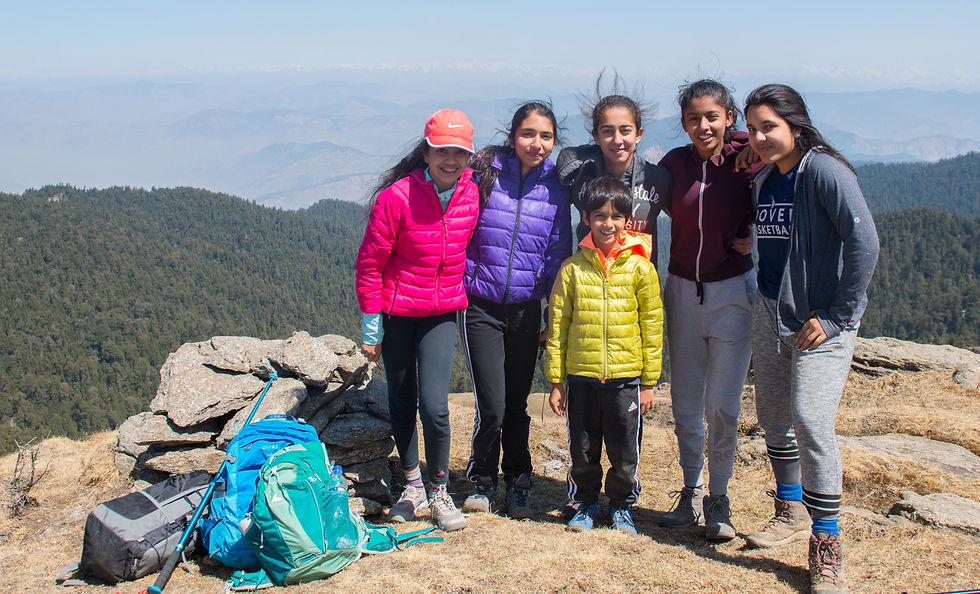Reflecting On Trek To Nanda Devi East Base
- Juniper

- Jun 1, 2018
- 2 min read
Updated: Oct 4, 2019
-By Maninder Kohli
In the early 1980s the Government of India closed entry into the Nanda Devi sanctuary. For mountaineers, explorers and adventure lovers this was a body blow. Nanda Devi is India’s most iconic mountain as it is the highest mountain completely within India. The closest view of the peak, outside of the sanctuary, is offered while trekking virtually up to Milam Glacier and then moving towards the east peak along the Pachu Valley. The plan for this trek started to develop in early 2016 and came to fruition in early October 2016.
Within the Indian Himalayas, the state of Uttarakhand offers multiple interesting opportunities for adventure lovers. Garhwal, the western part of the state, is busy as the region has a plethora of pilgrim sites and access to the area is also much quicker. Kumaon, the eastern part of the state, does not have any pilgrim sites and getting there involves a fairly long drive. Walking around Munsiyari after a 2 day journey from Delhi, we got the feeling of being in a small town untouched by tourism.

The trek up the Milam valley started very much like any valley walk in the Himalayas. Walking uphill and down, we gained height and passed Lilam and Bogudiyar. It was on the approach to Rialkot where we experienced possibly the most striking and different scenery that I have ever observed. The gorge, with virtually vertical stone walls surrounding it, presented a view that was something else. On this stretch we clocked 40kms over 2 days and even though it was very exhausting, the dramatic scenery helped pull us through.
During my research of the region, I had learned that the approach to the Nanda Devi East from Pachu offered dramatic views of the twin peaks and this turned out to be true. We were lucky to get a clear weather window and some stunning views as we moved to the head of Pachu valley. The gorge view coupled with the close views of Nanda Devi were clearly the major highlights of the trek.
As we headed back down the valley we stopped for lunch at Martoli which lies on a high plateau containing some 50 odd stone houses which are now mostly abandoned. Back in 1960’s when trade with Tibet was in full swing Martoli would have looked very different. Now most of the families have settled in Munsiyari. As we continued to descend, we met with the staff at ITBP who are stationed at various spots along the valley. Photographing the Indian flag with the mountains as a backdrop was most interesting.
On the drive back we had an opportunity to stop for a night at Chaukori. I had heard a lot about this place from Ashok Dilwali, the noted mountain photographer and from Smita, who grew up in this area as a village girl. The region around Chaukori is relatively flattish and the mountain views are unobstructed. From Chaukori the views were grand and I enjoyed photographing the twin peaks of Nanda Devi and Nanda Kot.



Comments